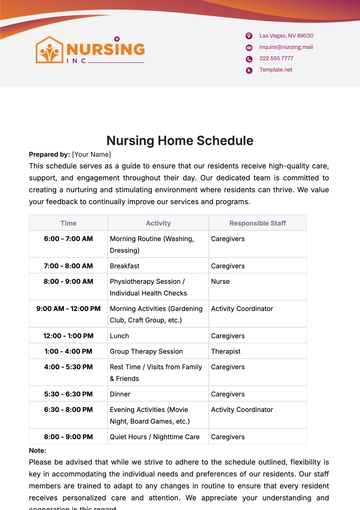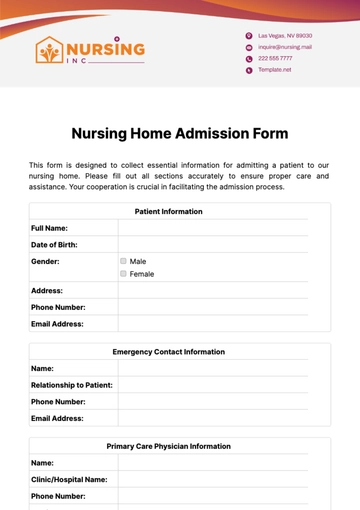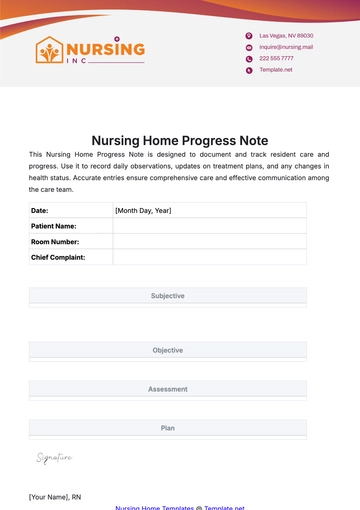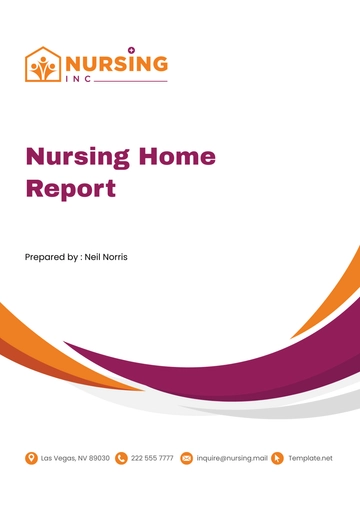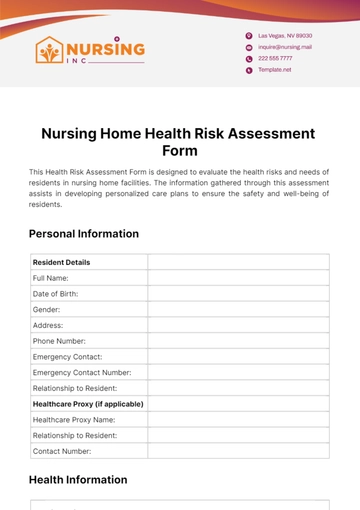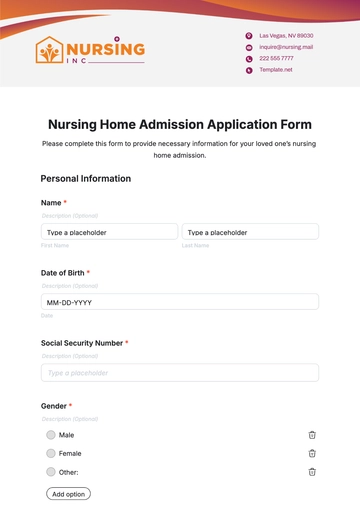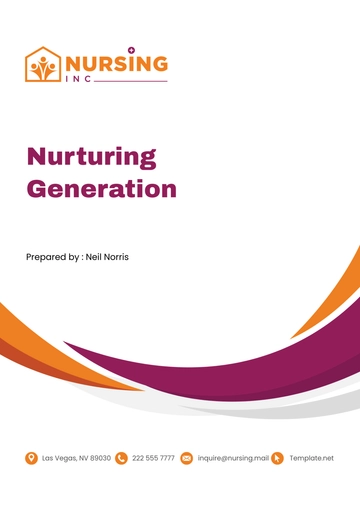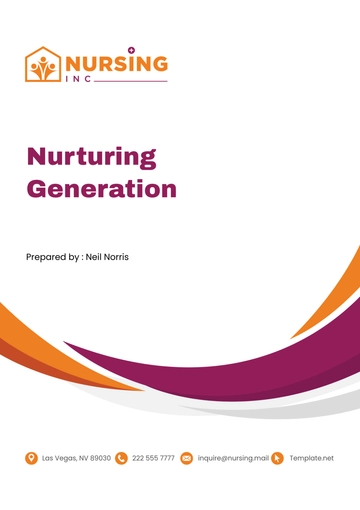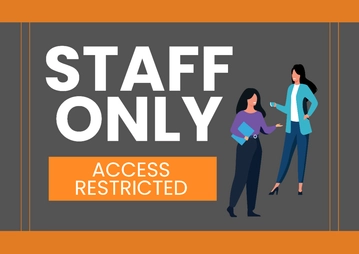Free Nursing Home Petty Cash Management Procedure
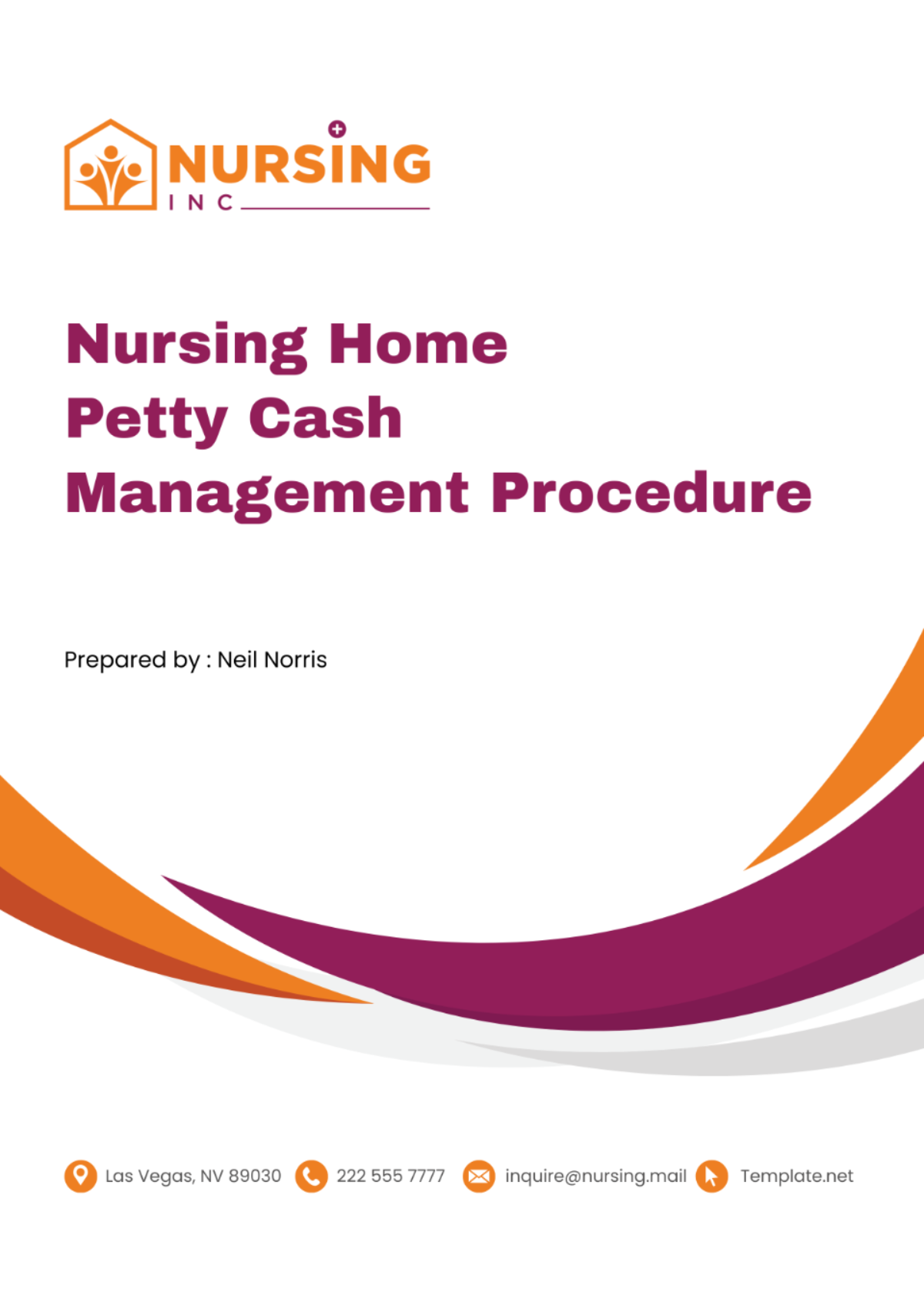
I. Introduction
This procedure establishes guidelines for the effective management of petty cash within [Your Company Name]. Petty cash is essential for handling small, routine expenses efficiently while maintaining proper financial controls. Adhering to these procedures ensures accountability and transparency in the use of petty cash funds, aligning with regulatory requirements and best practices in the United States healthcare industry.
Managing petty cash responsibly is crucial for maintaining accurate financial records and preventing misuse of funds. By following this procedure, [Your Company Name] aims to uphold the highest standards of integrity and compliance, promoting trust and confidence among residents, staff, and stakeholders.
II. Scope
This policy applies to all personnel involved in the management of petty cash at [Your Company Name]. It encompasses individuals responsible for requesting funds, disbursing cash, maintaining records, and overseeing the petty cash fund's integrity and compliance. This includes but is not limited to administrators, finance staff, designated custodians, and any other personnel entrusted with petty cash-related tasks. Adhering to this policy ensures consistency and accountability across all petty cash transactions within the nursing home.
III. Responsibilities
Effective management of petty cash requires clear delineation of roles and responsibilities to ensure accountability and proper oversight. The following table outlines the specific responsibilities assigned to key personnel involved in the management of petty cash at [Your Company Name].
Role | Responsibilities |
|---|---|
Administrator |
|
Finance Manager |
|
Custodian |
|
IV. Establishment of Petty Cash Fund
The establishment of a petty cash fund is a critical step in ensuring the availability of cash for small, routine expenses within [Your Company Name]. This section outlines the procedures and considerations for establishing the petty cash fund, including administrative approval, documentation requirements, fund amount determination, and usage restrictions.
Administrative Approval ↓ Documentation ↓ Fund Amount Determination ↓ Usage Restrictions |
Administrative Approval
The establishment of a petty cash fund requires approval from the administrator or a designated authority.
The administrator reviews and authorizes the request for establishing the petty cash fund, ensuring alignment with the nursing home's financial policies and objectives.
Documentation
Proper documentation is essential for the establishment of the petty cash fund.
Documentation includes a formal request outlining the purpose, amount requested, and justification for the petty cash fund.
All relevant documents, such as approval memos and request forms, must be retained for audit and compliance purposes.
Fund Amount Determination
The initial amount of the petty cash fund should be determined based on the anticipated needs of the nursing home.
Factors influencing the fund amount may include the frequency of small cash transactions, types of expenses typically incurred, and budgetary constraints.
The fund amount should strike a balance between ensuring availability of cash for operational needs and minimizing the risk of excessive cash on hand.
Usage Restrictions
Usage of the petty cash fund should comply with established restrictions and guidelines.
Funds should only be used for authorized expenses that are essential to the nursing home's operations.
Any deviations from the approved usage should be documented and justified in accordance with internal policies and procedures.
V. Petty Cash Procedures
Efficient handling of petty cash transactions is facilitated through clear procedures for requesting, approving, and documenting fund disbursements. The following four-step process outlines the sequential actions involved in managing petty cash transactions at [Your Company Name], ensuring accountability and compliance with internal controls and regulatory requirements.
Request Submission
Authorized personnel complete a petty cash voucher or request form, specifying the amount needed and the purpose of the expenditure.
Approval Process
The completed request form is submitted to the designated approver, typically the administrator or finance manager, for review and approval.
Disbursement
Upon approval, the custodian disburses the requested funds from the petty cash fund and provides them to the requesting individual.
Documentation and Reimbursement
The recipient of the petty cash funds must retain all receipts and supporting documentation related to the expenditure.
To seek reimbursement, the recipient submits the receipts and documentation to the finance department, along with a reconciliation of expenditures against the petty cash fund balance.
Reimbursement is processed in accordance with established procedures, and proper documentation is retained for audit and record-keeping purposes.
VI. Disbursement and Documentation
Proper disbursement and documentation procedures ensure the transparent management of petty cash transactions. By adhering to these guidelines, [Your Company Name] maintains accountability and accuracy in financial reporting.
A. Disbursement Process
Authorization ↓ Verification ↓ Recording ↓ Receipt Collection |
Authorization: Only authorized personnel, as defined by [Your Company Name]'s petty cash policy, can initiate disbursements.
Verification: Before disbursing funds, ensure that the expense is legitimate and aligns with [Your Company Name]'s policies.
Recording: Log each disbursement immediately in the petty cash ledger, detailing the date, amount, purpose, and recipient.
Receipt Collection: Obtain a receipt for every disbursement made from petty cash. In cases where a receipt is unavailable, document the transaction with a petty cash voucher signed by both the recipient and the petty cash custodian.
B. Documentation
Proper disbursement and documentation procedures ensure the transparent management of petty cash transactions. By adhering to these guidelines, [Your Company Name] maintains accountability and accuracy in financial reporting.
Receipts: Attach original receipts to the corresponding petty cash log entry. Receipts should display the date, vendor name, items purchased, and total amount.
Invoices: When applicable, include invoices for services rendered or goods purchased along with the receipts.
Petty Cash Log: Maintain a comprehensive petty cash log, organized chronologically, to record all transactions. Include columns for date, purpose, amount, recipient, and reference number.
Reconciliation: Regularly reconcile the petty cash fund with the documented transactions to ensure accuracy and identify any discrepancies.
Retention: Safely store all petty cash documentation for auditing purposes. Adhere to [Your Company Name]'s document retention policy regarding the retention period.
VII. Reconciliation and Accountability
Regular reconciliation of the petty cash fund is imperative to maintain financial accuracy and accountability within [Your Company Name]. This process ensures that the recorded balance aligns with the combined total of cash on hand and receipts.
A. Reconciliation Process
Perform reconciliation periodically, such as weekly or monthly, to verify the accuracy of petty cash records. Compare the recorded balance in the petty cash log with the actual cash on hand and the total value of receipts.
B. Accountability
Maintain accurate records of all petty cash transactions to uphold accountability standards. Ensure that all disbursements and receipts are properly documented and authorized according to company policies.
VIII. Security and Controls
Maintaining the security of petty cash is paramount to prevent misuse and fraud within [Your Company Name]. Implementing robust controls ensures that funds are safeguarded and accessible only to authorized personnel.
A. Storage
Petty cash should be stored in a secure location, such as a locked cabinet or safe, to prevent unauthorized access.
Secure Location: Choose a designated area with restricted access to store petty cash securely.
Locking Mechanism: Utilize locks or combination codes to secure cabinets or safes containing petty cash.
B. Access Control
Access to petty cash should be limited to authorized individuals to maintain accountability and prevent unauthorized withdrawals.
Authorized Personnel: Only designated personnel should have access to petty cash funds.
Key Control: Keep keys to petty cash storage areas restricted and ensure they are only accessible to authorized individuals.
C. Audits
Regular audits are essential to verify the accuracy of petty cash transactions and detect any discrepancies or irregularities.
Frequency: Conduct audits periodically, such as monthly or quarterly, to review petty cash transactions.
Documentation Review: Examine receipts, disbursement records, and reconciliation reports to ensure accuracy and compliance with company policies.
D. Segregation of Duties
Segregating duties among different personnel reduces the risk of fraud by ensuring that no single individual has complete control over petty cash transactions.
Authorization: Separate the responsibilities of approving petty cash transactions and handling cash disbursements.
Reconciliation: Assign different individuals to reconcile petty cash records to maintain checks and balances.
IX. Reporting and Review
Regular reporting and review processes provide management with valuable oversight of petty cash transactions, ensuring transparency and accountability within [Your Company Name].
A. Reporting Frequency
Establish a schedule for generating petty cash reports to provide timely updates on fund activity.
Frequency: Determine how often reports will be generated, such as weekly, bi-weekly, or monthly, based on company needs.
Timeliness: Ensure reports are generated promptly to provide management with current information.
B. Report Content
Petty cash reports should contain essential information to facilitate management review and decision-making.
Disbursements: Detail all disbursements made from petty cash during the reporting period, including dates, amounts, and purposes.
Remaining Balance: Clearly indicate the remaining balance of petty cash after disbursements.
Discrepancies: Highlight any discrepancies or irregularities found during reconciliation or audits.
C. Review Process
Establish a review process to analyze petty cash reports and address any issues or concerns promptly.
Management Review: Ensure reports are reviewed by management or designated personnel with oversight responsibility.
Actionable Insights: Use reports to identify trends, address discrepancies, and make informed decisions regarding petty cash management.
D. Documentation
Maintain documentation of all petty cash reports for record-keeping and audit purposes.
Storage: Store reports securely in accordance with company document retention policies.
Accessibility: Ensure reports are accessible to authorized personnel for reference and review.
Ensuring the integrity of our petty cash management procedures is essential to uphold the highest standards of financial accountability and transparency at [Your Company Name]. By adhering to these guidelines and fostering a culture of diligence and oversight, we reinforce our commitment to providing quality care and services to our residents. Should you have any questions or require further assistance, please don't hesitate to reach out.
Additional Reminders and Tips:
Ensure clarity and consistency in the recording of petty cash transactions.
Uphold transparency and accountability in the use of petty cash.
Ensure strict adherence to these management procedures to prevent fraud and misuse of funds.
- 100% Customizable, free editor
- Access 1 Million+ Templates, photo’s & graphics
- Download or share as a template
- Click and replace photos, graphics, text, backgrounds
- Resize, crop, AI write & more
- Access advanced editor
Manage small expenses effectively with the Nursing Home Petty Cash Management Procedure Template from Template.net. This editable and customizable template outlines the protocols for handling, tracking, and replenishing petty cash, ensuring proper accountability and minimizing financial discrepancies. Editable in our Ai Editor Tool, it's essential for maintaining transparent and efficient financial operations within your nursing home.



